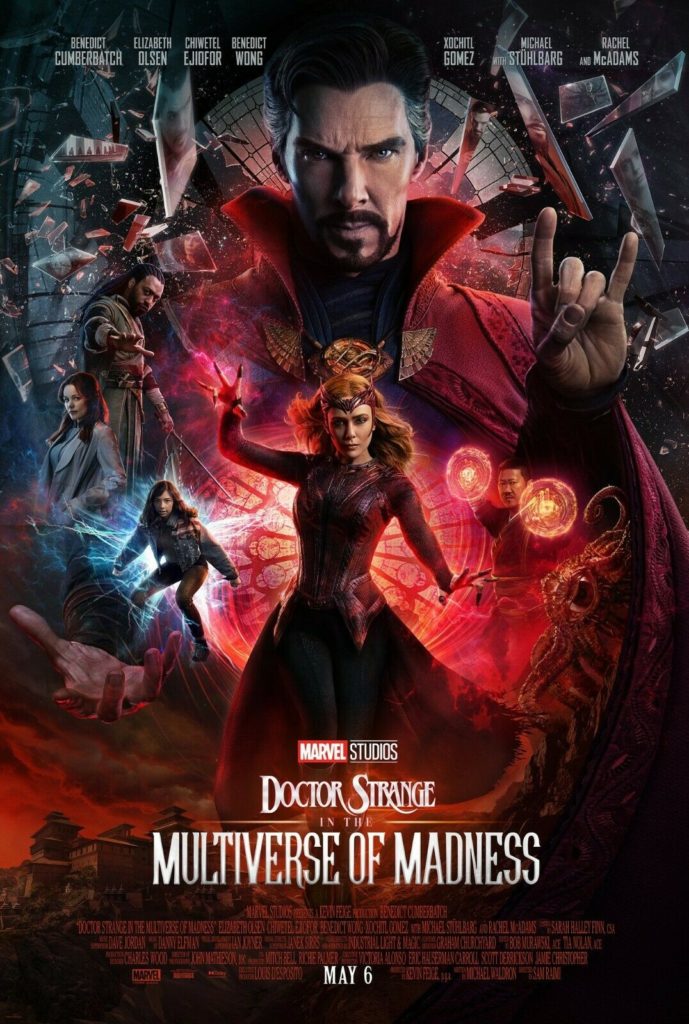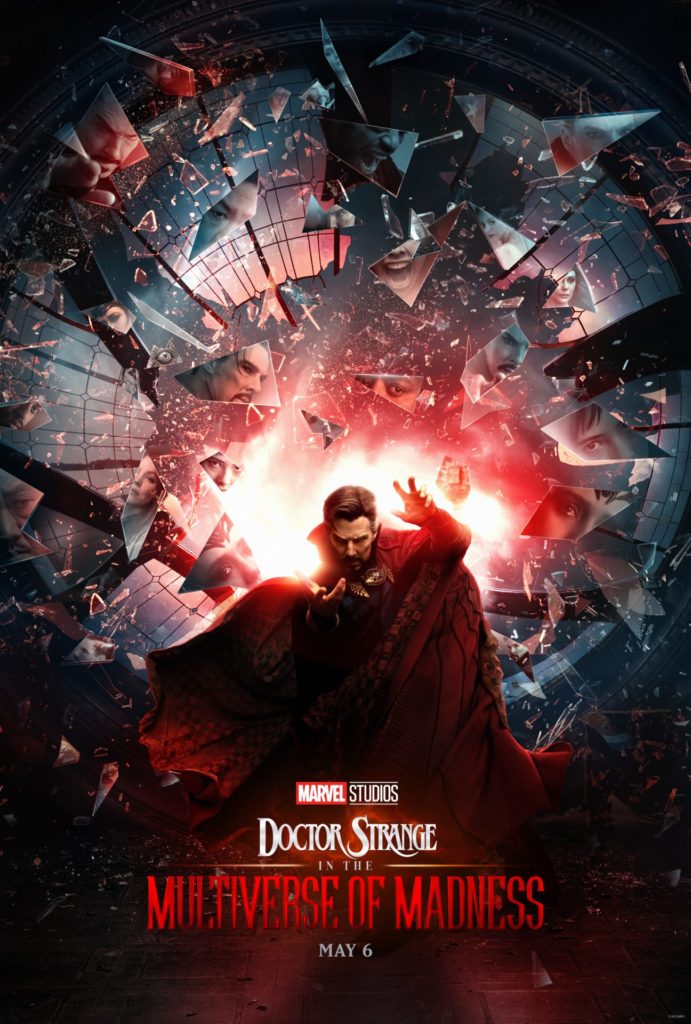Sam Raimi was my first favorite filmmaker. Army Of Darkness came out in 1992 when I was thirteen-years-old. I saw it in the theater, and thought it was just the absolute coolest thing ever. Funny, and scary, and action packed, it had everything I could possibly want in a movie. This was also the time in my life where I started paying attention to such things as “Who directed this movie?” and “Who wrote this movie?” So, as much as I had enjoyed movies like Batman or Indiana Jones And The Last Crusade, I hadn’t immediately sought out every other movie that Tim Burton or Steven Spielberg had previously made.
But I did seek out everything Raimi had made prior to Army Of Darkness, and was not disappointed….at least not for the most part (coming to that in my rankings). I got my hands on Evil Dead and Evil Dead II first and, while they weren’t necessarily essential to my enjoyment of Army Of Darkness, they certainly added another layer to it. I then checked out Darkman and, considering my taste in comic books at the time, was shocked that I hadn’t discovered it sooner. I also got my butt in a theater opening weekend a few years later to see The Quick And The Dead, and that both reaffirmed my connection to Raimi’s films, and also led to my discovery of the grand cinematic history of the Western.
By 1998, my taste in movies had expanded, and so did Raimi’s genre-reach. A Simple Plan was very different from anything Raimi had done before, it had that neo-noir vibe that had been cropping up around that time, and executed it about as well as any other movie. I saw For Love Of The Game, and The Gift when they came out the next two years and, honestly, neither really did much for me. I had stopped reading comics, at least the monthly issues, by 2002 but that didn’t mean my excitement level was anything but nuclear when Sam Raimi’s Spider-Man exploded into theaters. 2004’s Spider-Man 2 improved on the already-great formula provided by the first film in almost every way. Spider-Man 3 came out in the dead zone of comic book movies between 2005’s Batman Begins and 2008’s The Dark Knight & Iron Man, and that’s about where the movie belongs.
But Raimi, probably jaded by Studio Suits insisting on Spider-Man 3’s cram job, got back to his horror roots in a big way in 2009’s Drag Me To Hell. The follow-up to that came four years later with Oz, The Great And Powerful, a movie that turned out so bad – likely due in large part to that same sort of studio interference – that Raimi left the director’s chair for almost a decade. He finally returned to theaters this past weekend with Doctor Strange In The Multiverse Of Madness. I’m not sure he would have ever wanted to jump back into the studio machine, even an absurdly successful machine such as The Marvel Cinematic Universe. But Marvel Studios head honcho Kevin Feige learned a great deal about filmmaking from Sam Raimi while working under him for Spider-Man and Spider-Man 2, and that probably gave Raimi a comfort level and confidence in the project that he wouldn’t otherwise have had. And I’m very glad he did, and Multiverse Of Madness was a lot of fun, and (perhaps surprisingly) a lot of Raimi.
With that, I’m ranking my favorite Same Raimi movies. I’m only picking from his feature films, so shorts and TV episodes will be left out. And, again, I’m ranking my favorite Raimi movies. So, while my higher choices may (or may not) be the most polished works, they are the ones I enjoyed the most.

15 – Crimewave (1985) – A swing and a miss. This was Raimi’s first studio film, as Evil Dead was a fully independent production. Maybe he had a hard time adjusting to a system where he didn’t have total creative control? Maybe he had too many ideas, and wasn’t quite sure how to make them work together, or which ones to cut? Either way, he swiftly put this one behind him and moved onto better things.

14 – Oz, The Great And Powerful (2013) – Not even remembered fondly or poorly enough to be a cautionary tale, which could be a cautionary tale unto itself. End of the day, though, it was a prime example of what happens when the worst impulses of a studio and (presumably) a filmmaker collide while churning some well-trod IP through the CGI paint-spill machine.

13 – For Love Of The Game (1999) – Raimi’s flare for inventive camerawork comes through during the scenes that take place during the baseball game itself. But, if this movie was really going to work, it needed the scenes interspersed throughout between romantic leads Kevin Costner and Kelly Preston to hit home, and those scenes simply did not.

12 – Spider-Man 3 (2007) – Raimi wanted the Lizard as the villain in this movie, but Sony/Columbia insisted that Venom get wedged in there. Would the movie have been better if they’d let Raimi make it his way? Probably. How much better? I’m not sure. The only thing leftover from Spider-Man 2 was finishing up Harry Osborn’s arc as he transformed into the new Green Goblin, and even that thread got lost in this tossed salad of a movie.

11 – The Gift (2000) – Cate Blanchett was just starting her run here that’s been going strong for 20+ years now. And the movie is an okay, southern gothic, murder mystery. But it’s not much more than just okay.
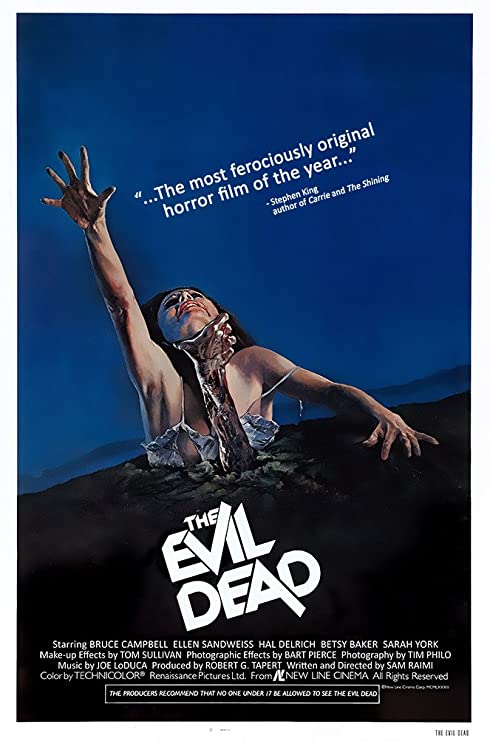
10 – The Evil Dead (1981) – This, along with 1978’s Halloween, proved that small-scale indie horror could sometimes be the best horror. Perhaps remembered as funnier than it actually was, likely because it gets a bit tangled up with Evil Dead II which was essentially just a bigger budget remake with more humor. The Evil Dead is the true definition of a cult film, and set the standard for a sub-genre defined by splattery, cabin-in-the-woods frightshows.
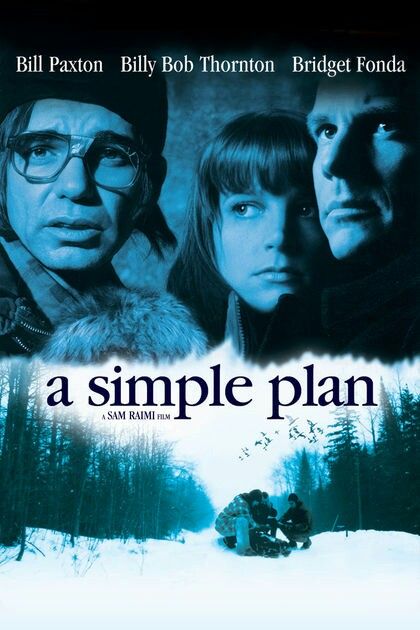
9 – A Simple Plan (1998) – Along with The Gift, this is much more of an “actors’ picture” than any of Raimi’s other films. I mentioned earlier that a slew of neo-noir movies rolled out in the late-90’s til the early-2000’s. Even in that mix, A Simple Plan sticks out as a shockingly subdued (for Raimi) morality play.

8 – Doctor Strange In The Multiverse Of Madness (2022) – I’m as surprised as you are that this movie is ranked this high. I wouldn’t have thought it would be until the second half of the movie kicked in, and Raimi got to really dig into his bag of tricks. Multiverse Of Madness isn’t really top level MCU stuff, though maybe if Raimi had been at the helm from the start rather than brought in after the original director stepped away it could have gotten there. Either way, it’s a lot of crazy, and a lot of fun, and I was very happy to see Raimi making a big studio film that genuinely felt like one of his films after the Spider-Man 3 and Oz debacles.

7 – Spider-Man (2002) – The earliest two Producer credits on Kevin Feige’s IMBD page are X-Men (2000) and Spider-Man. He has a producer credit on virtually every Marvel film adaptation of the 21st century (for better and worse), and is the true Godfather of the Marvel Cinematic Universe. At any rate, X-Men went all nighttime battle scenes, and black leather costumes. While Spider-Man embraced red-and-blue spandex swinging in the sunshine. It’s pretty clear which of these films Feige referenced back to when shepherding the MCU into existence. What Sam Raimi did with Spider-Man laid the blueprint for the modern superhero movie.

6 – Drag Me To Hell (2009) – Mean, gross, scary, and funny. It’s so much like Evil Dead II that I’m frankly a bit surprised that it doesn’t get more shout-outs since its release. In fairness, Alison Lohman’s “Christine Brown” is not allowed to be as likeable as Bruce Campbell’s “Ash Williams” which may be why it’s not as beloved. But that’s also kind of the point of the movie. Raimi’s palate-cleanser from Spider-Man 3 is gag-inducing at times, but it’s all in good fun.

5 – Darkman (1990) – One of the many movies seemingly inspired by 1989’s Batman (Dick Tracy and Teenage Mutant Ninja Turtles are among the other immediate examples). But, while those three movies are actual comic book adaptations, Darkman is an original property. It very much feels like the love child of a superhero movie and a classic Universal Studios horror movie, and that makes sense when you consider the breadth of Raimi’s work.

4 – Army Of Darkness (1992) – I went into my love or this movie at the top of this article, so I won’t spend too much time on it here. Still a damn entertaining flick, even if the silliness doesn’t hit my funny bone quite as hard now as it did when I was thirteen. But I think it’s fair to call this “The Most Sam Raimi Movie Ever“ even if it may not be “The Best Sam Raimi Movie Ever”

3 – The Quick And The Dead (1995) – coming off the heels of the 1992 deconstructed Western: Unforgiven and 1993’s modernized Western: Tombstone, The Quick And The Dead is a Western crafted purely for popcorn piles and soda-chuggings. It’s so much fun, and plays like another of my favorite types of movie “the tournament movie” (see half of Jean-Claude Van Damme’s filmography). Raimi brings along his frenetic camerawork, and his bag of horror movie tricks to create something wholly unique. Doesn’t hurt that he cast Gene Hackman as his Unforgiven archetype, only with an itchier trigger finger, Sharon Stone in the brief period of time after Basis Instinct when she was the biggest actress in the world, Russell Crowe before his L.A. Confidential breakout, and Leonardo DiCaprio before Romeo + Juliet earned his poster a spot in every teenage girl’s locker. This, honestly, might be Raimi’s most purely re-watchable movie.
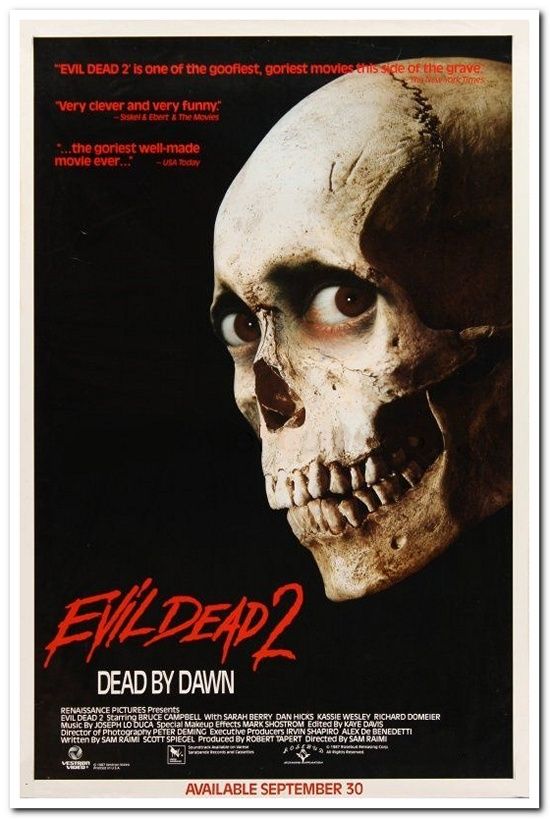
2 – Evil Dead II (1987) – While The Evil Dead is a cult classic, Evil Dead II is a true Horror classic. Funnier than Evil Dead, and scarier than Army Of Darkness, it hit the balance perfectly. The first movie created a template, and Evil Dead II perfected that template. Filmmakers have been chasing the dragon to recapture this lighting in the thirty-five years since its release, but they rarely manager to approach this level.

1 – Spider-Man 2 (2004) – A nearly-perfect superhero movie. We’ve had many since this, and some have reached greater heights. But, with several good-to-great comic book movies dropping every single year, Spider-Man 2 still holds a spot near the top of just about any list. So, as a guy who never misses a comic adaptation, I guess it comes as no surprise that it tops my list of favorite Sam Raimi movies.
